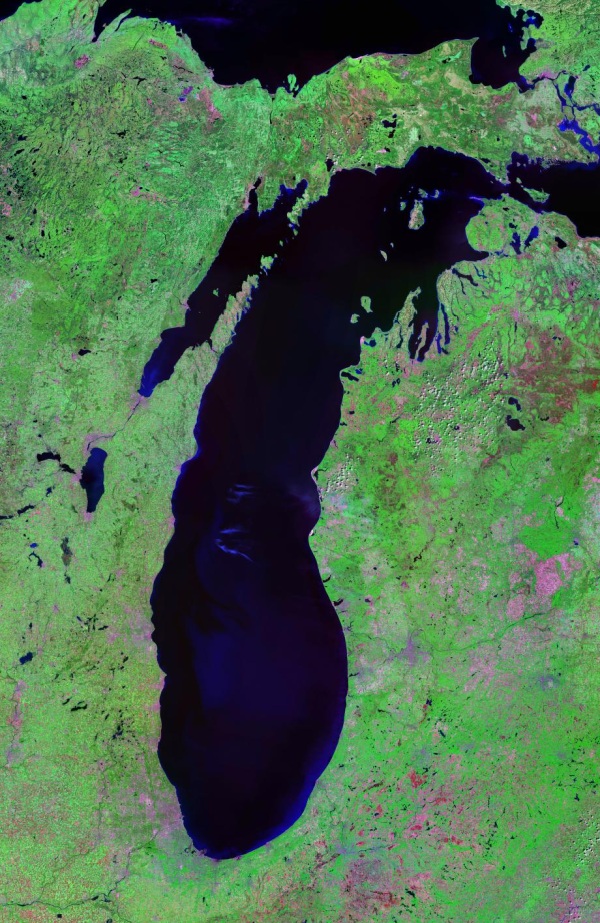Lake Michigan is a haven for a diverse array of beach birds, with the endangered Piping Plover being a prime example. These shorebirds rely on the wetland habitats along the lake’s shoreline for nesting, feeding, and migration, but their populations have been threatened by human activities and habitat loss.
Piping Plovers on Lake Michigan

Piping Plovers are small, distinctive shorebirds with a pale back, black-tipped orange bill, and bright yellow-orange legs. The Great Lakes population of Piping Plovers is listed as endangered, with conservation efforts playing a crucial role in their recovery.
- Identification: Piping Plovers are easily recognizable by their pale back, black-tipped orange bill, and bright yellow-orange legs.
- Habitat: These birds nest on open beaches, sandflats, and sparsely vegetated dunes, making the Lake Michigan shoreline an ideal habitat.
- Conservation Status: The Great Lakes population of Piping Plovers was added to the endangered species list in 1986. Conservation efforts have helped recover the population from 12 breeding pairs in 1983 to 75-80 pairs in 2017.
Wetland Habitat and Beach Nesting

The wetlands along Lake Michigan provide crucial habitat for shorebirds, offering water, food, and shelter during their migrations. These wetland habitats are essential for the survival of Piping Plovers and other beach birds.
- Wetland Habitat: The wetlands along Lake Michigan are vital for shorebirds, providing them with the resources they need during their migrations.
- Beach Nesting: Piping Plovers make their nests on open beaches, which are often disturbed by human activities. Conservation efforts involve cordoning off nesting areas to protect the birds.
Human Impact and Habitat Loss
Human activities such as beach development, recreation, and coastal erosion have significantly impacted the Piping Plover population by reducing their nesting areas and leading to habitat loss and fragmentation.
- Human Activities: Activities like beach development, recreation, and coastal erosion have reduced Piping Plover nesting areas, leading to habitat loss and fragmentation.
- Habitat Loss: The destruction of natural habitats due to human activities has significantly impacted the Piping Plover population, making conservation efforts essential.
Conservation Efforts
Protecting the Piping Plover and other shorebirds on Lake Michigan requires a multi-faceted approach, including the establishment of protected areas, research and monitoring, and community engagement.
- Protected Areas: National parks and wildlife refuges, such as Sleeping Bear Dunes National Lakeshore, provide protected habitats for Piping Plovers and other shorebirds.
- Research and Monitoring: Researchers track Piping Plovers using colored bands on their legs, allowing for the study of their migration, nesting sites, and mates.
- Community Engagement: Programs like MI Birds aim to increase public engagement in the care and stewardship of public lands important for birds and local communities.
Other Shorebirds on Lake Michigan
While the Piping Plover is the most well-known endangered shorebird on Lake Michigan, the region is home to a variety of other fascinating shorebird species.
- Semipalmated Plover: A small shorebird with a brown back and white belly, often confused with the Piping Plover.
- Least Sandpiper: The smallest shorebird in Michigan, with yellow legs and a brownish back.
- Sanderling: A widespread shorebird that appears to chase waves when foraging for sand crabs and other invertebrates.
The Lake Michigan shoreline is a vital habitat for a diverse array of beach birds, with the Piping Plover being a prime example of the conservation efforts required to protect these species. By understanding the unique needs of these birds and the threats they face, we can work together to ensure that the Lake Michigan beach ecosystem remains a thriving home for these feathered wonders.
References
- https://www.lireo.com/photo-of-the-week-piping-plovers-along-lake-michigan-shoreline/
- https://birdwatchinghq.com/shorebirds-in-michigan/
- https://abcbirds.org/blog/michigan-birds/
- https://publish.illinois.edu/illinois-beach/illinois-beach-state-park/birds/
- https://gl.audubon.org/news/shorebird-migration-has-begun-across-great-lakes-region
